In this article, you’ll get some tips on how to survive photo sessions with difficult children.
When you imagine photographing your client’s family session, you envision taking beautiful photographs in a pretty location and getting all of those great photos that will make your clients happy. However, you never imagine walking into a session only to find that the child, or children, are protesting, throwing tantrums, or simply not willing to cooperate.
Don’t freeze up and don’t give up, these helpful tips will keep you moving along during the session so that you can get those beautiful expressions and give your clients the best experience.

This little boy kept saying no the entire session. After exhausting all of my tips, I started playing hide and seek and exploring looking for treasure. He was all smiles afterward!
Set client expectations
Preparing your client for what to expect and giving them tips on how to help can make all the difference during their session.
One of the main tips you can give your clients to plan the session to coincide with the time of the day when their children are in the best mood. This means, if their child is the best right after a nap, schedule their session then. Children get tired quickly and you don’t want to have a sleepy cranky child at your session, which will be nearly impossible to bring back to the side of contentment.

Bringing toys and snacks can really help the children take a break and reset for a little bit. I photographed this little one playing with her favorite toys.
Have your client bring snacks for their children that can be used to help get the smiles and good behavior during the session. I would caution you not to bring candy unless you have already spoken to the parents ahead of time and they’ve approved it. Best to have them bring appropriate snacks their kids love.
Water or juice is also recommended. Even if you schedule the session after a mealtime, those snacks always come in handy.

Letting kids play keeps them busy and happy.
A very important tip that is also helpful is telling your client that the word “no” is off limits during the session. In other words, parents cannot say “no” to the children during the session.
Letting children play and explore is part of the fun and giving children a little bit of time to get a feel for their surroundings can make all the difference in their participation. The word “no” usually makes children shut down or protest, both behaviors you want to avoid.

Having mom or dad tickle and play with the children helps the kids to focus on them and not so much on the photographer.
Play, explore, and enjoy
Part of the session should allow for some playtime and exploration. Children are incredibly curious and playing to that curiosity is going to help you get those in-between moments. This is especially helpful when the child is protesting or doesn’t want to cooperate but just do their own thing. Go along with it.
Tell your clients to play and draw their child’s attention to a particular tree or place where you’d like to photograph them. Ask them to walk together hand in hand. Have your clients make silly faces or tell jokes, and singing their favorite nursery rhymes or songs also helps to relax the children.

Walking around and exploring the location can help smaller children to enjoy the session and find it interesting.
Their experience during the session is what they’ll remember. Make sure it is fun and that they enjoy themselves. With that, have your clients bring extra clothing for the children as well.

Playtime is very important during sessions and helps children to enjoy the process!
Crying and shutting down
Sometimes, you’ll come across children that are simply not willing to cooperate and participate. You’ve tried exploring, you’ve sung their favorite songs and nothing is working.
Sometimes giving them a break from the session and focusing your camera on the parents can make the kids come around. Focusing on the parents can often lead the children to want to get their attention and they usually end up walking into the frame. When that happens, tell your clients to go ahead and interact with their child.

We focused attention on the parents during this session and the boy ended up wanting to walk with his mom and dad and we were able to get these photographs.
Interactions between children and parents make for the most intimate and meaningful photographs of the entire session. Letting the children and the parents be themselves without too much direction helps to relieve some nerves. It also helps you to build rapport with the children as you explore and play with them as well.

Playing with the children during a session can lead to real emotions and interactions between all family members.
Be aware that children under the age of 10 are usually willing participants for about 45 minutes. After that, they either get bored, want to play, or are hungry.
Try and anticipate this time frame and get the full family portraits done quickly and early on if you can. Afterward, you can choose to take individual portraits or just capture the family being a family.
Acting out and being overly silly

This silly boy had so much fun jumping and making silly faces and playing along helped to get the portrait on the left. The right makes for a nice memory of his personality as well!
There will be times when one or more of the children are acting overly silly and makes it difficult to get a portrait of them where they are smiling nicely for the camera. When this occurs, don’t allow the parents to try and wrangle their children into doing what is expected. Instead, turn it into a game.
For example, tell the child(ren) that you love their silly faces and they are very good at making them. So you’re going to take two silly photos and one serious one. Change up the faces they are supposed to make and mix in the one you want by saying, “Okay, now I want you to smile like mommy wants and then we can make a funny face, deal?”
Once they agree, which they usually do, be quick to take the good photo and then continue with the game for a couple more photos. Then move on.

Being silly helps to let the children be children.
This helps the children enjoy the session and display their playful personalities while still getting the photos that mom and dad will want. It also helps to not force the children to do anything which can lead to crying or shutting down, both of which you want to avoid.
Tweens and teens
Tweens and teens are also important during a session and usually, because of their age, can be the least cooperative. Here, I would suggest asking the parents for a little information on what they like or what school they go to before the session. This can help start conversations and get them to open up and relax a little.

These brothers had a completely different vibe than my usual style but I went with it in order to get who they were at this stage in their lives.
Taking the individual portraits in a part of the location where the parents are not too close by helps teens to relax. Tweens and teens are very aware of themselves, often more than adults, especially now with social media, therefore, taking their portraits should be done quickly.
Showing them the photographs can also spark more interest and help to boost their confidence during the session.

Sometimes the awkward sibling hug can bring out real smiles. Let tweens and teens be themselves.
Tweens and teens are notorious for not wanting to smile. Ask another sibling to say something funny or ask their parents to remind them of an inside joke. If they aren’t willing to smile despite all of your attempts, it’s okay. Take some photos of them with serious expressions.
Sometimes, the serious photos are more striking than smiling ones. Reassure them that they don’t have to smile if they don’t want to. Letting them know that they have an option makes them active participants in the session and gives them the green light to also make suggestions.
Don’t be afraid to reschedule
If you feel like you are trying everything in your power to turn the session into a positive experience but it just isn’t happening, there is always the option of rescheduling the session. This can give both your clients and yourself a break so that you can attempt the session at a different location and perhaps at a different time when the children are feeling more awake and energized.

The left photo is at the beginning of the session and the younger girl didn’t want to participate. The right is at the end when I connected with her talking about her favorite show and she smiled.
It is very important during the session, however difficult, to keep calm and reassure the parents that their children are doing great. This helps to keep the stress levels down and even if you offer to reschedule, do it in a positive tone.
For example, “We got some great shots and everyone looks great, however, I think if we reschedule for a different time, we can get better photos.”

Sometimes grouping the older siblings first can help the younger children to go along with the photo session.
Always keep the photos from the original session, you might have taken some really great photos before a meltdown. Sending a preview to the family will keep their confidence up and not leave them feeling like they didn’t do a great job. Instead, they’ll be eager for the rescheduled session to get even more great photos.
Conclusion

Exploring and letting children get a little dirty or messy can help them stay in the moment of the session.
When you specialize in portraiture, having non-cooperative children at the sessions is inevitable. However, these tips will help you to smooth out tantrums and give your clients the best experience. That is what will keep them coming back to you.
Remember, you don’t have to force it and a quick reschedule can sometimes do the trick. Let me know if you’ve tried any of these tips or have found them useful.
The post How to Survive Portrait Sessions with Difficult Children appeared first on Digital Photography School.

Digital Photography School
























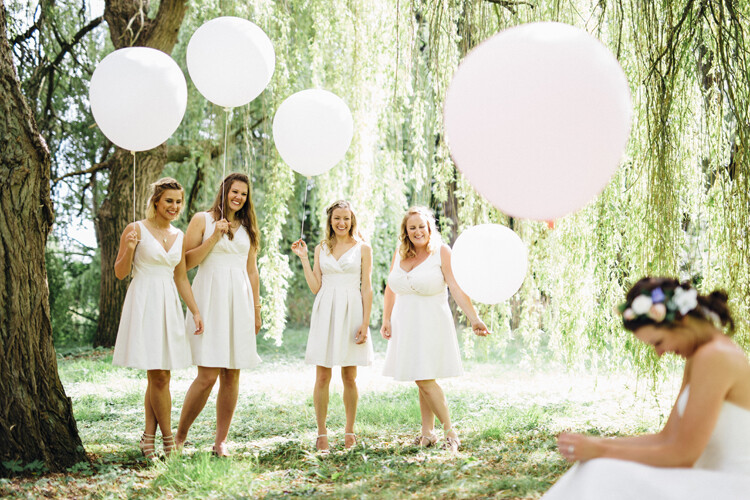








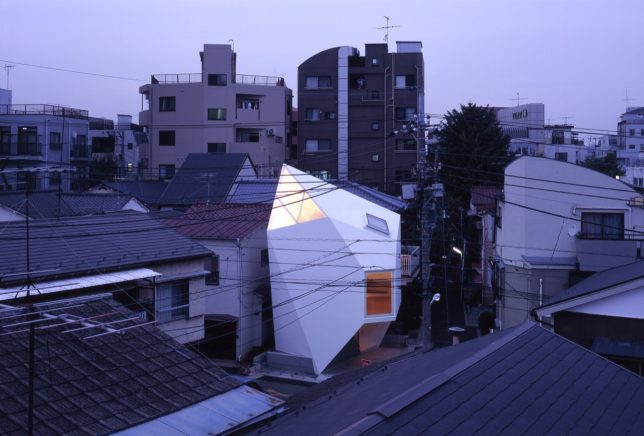
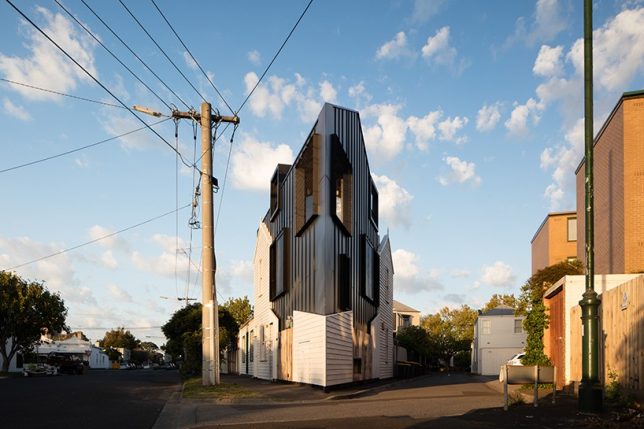
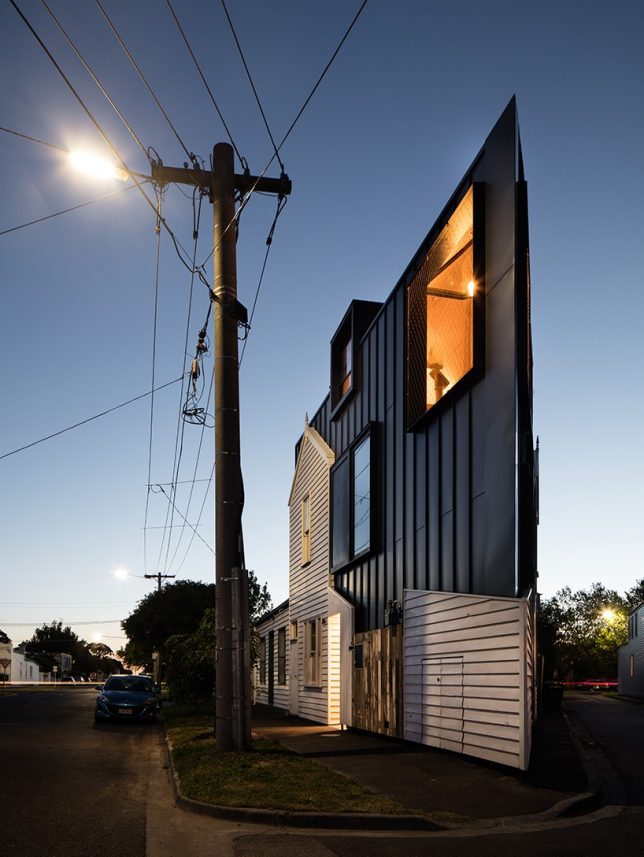
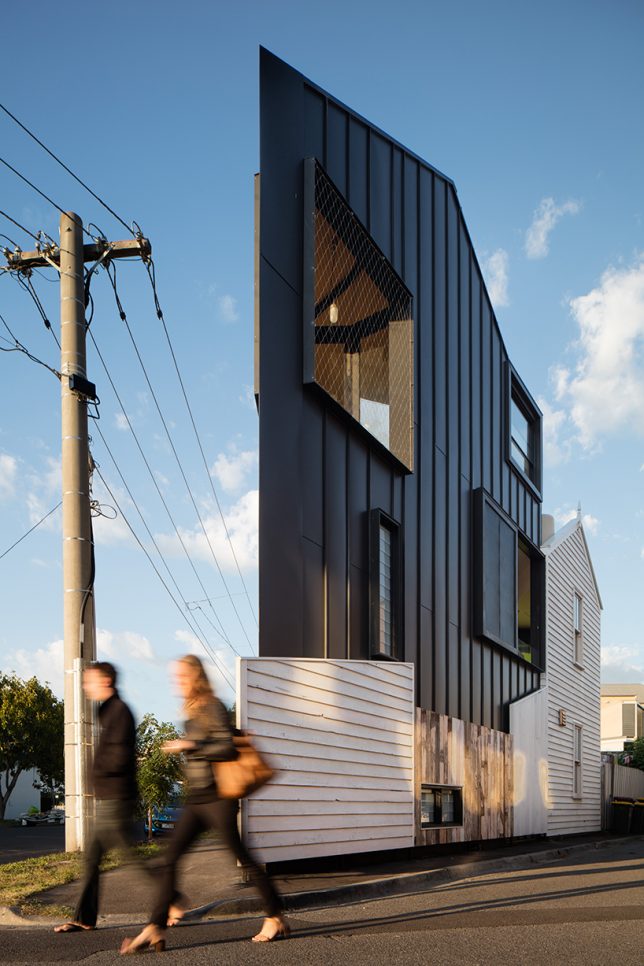
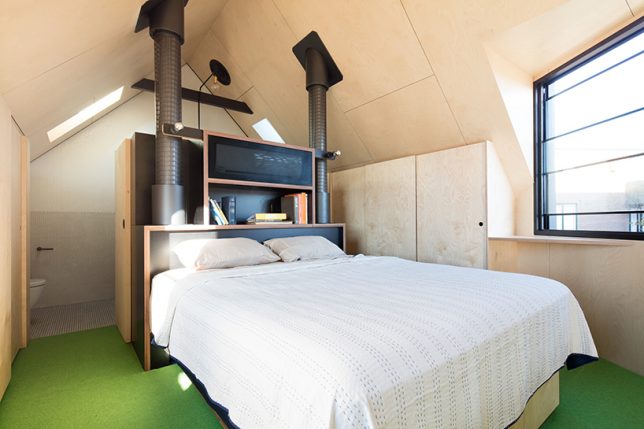
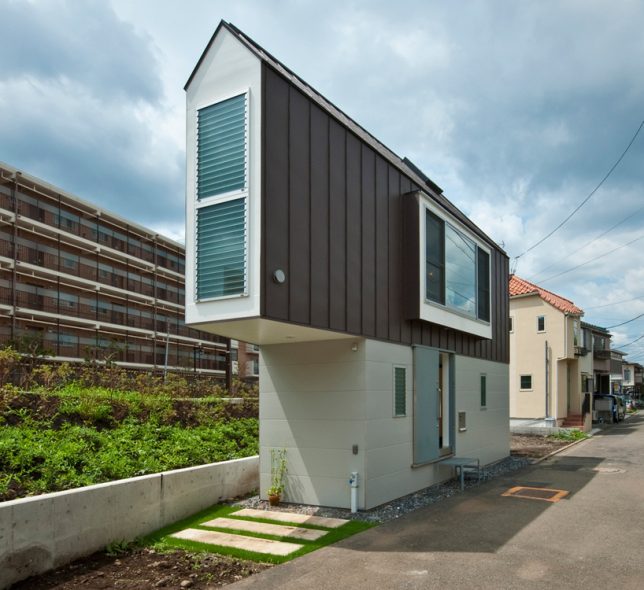

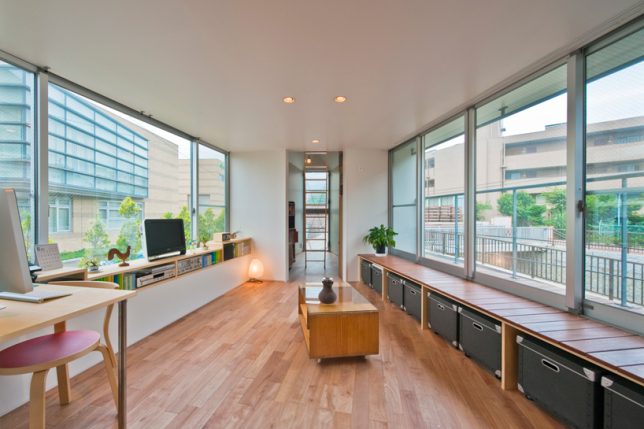
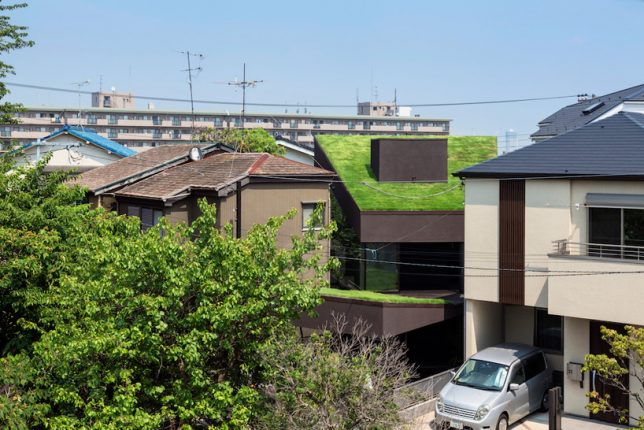

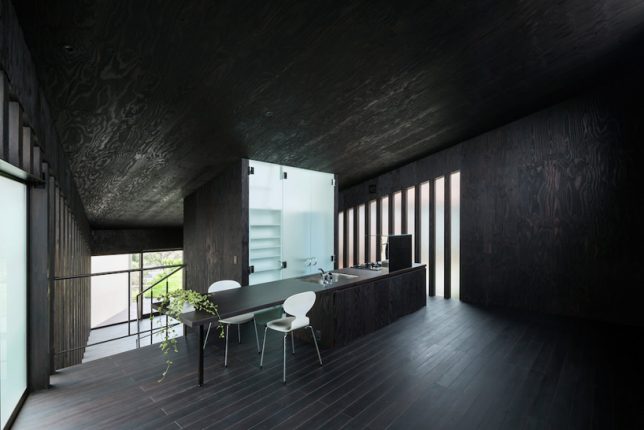
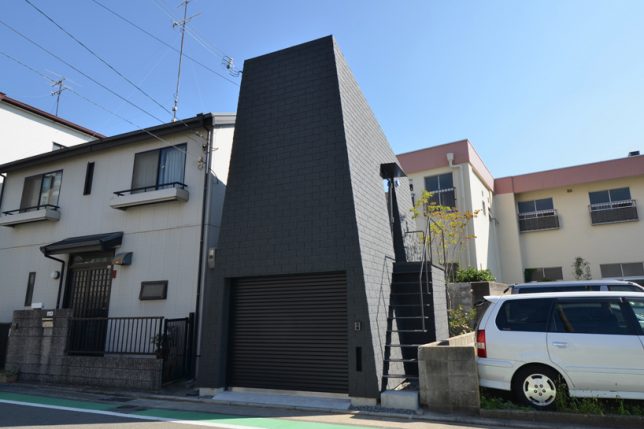

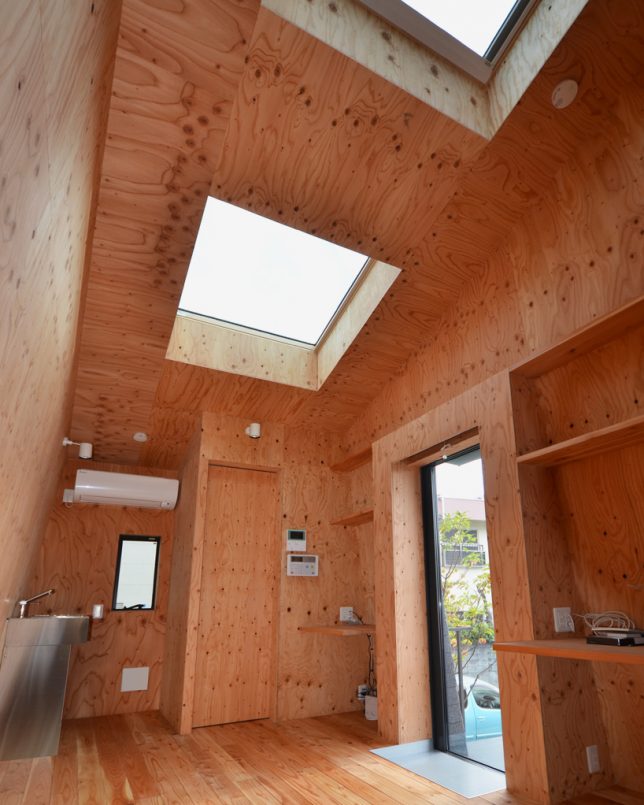
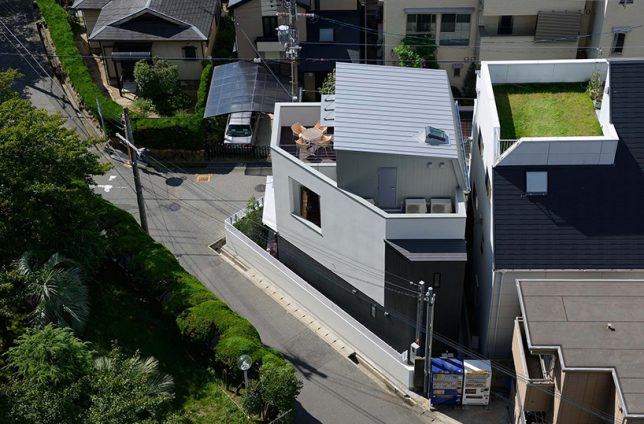
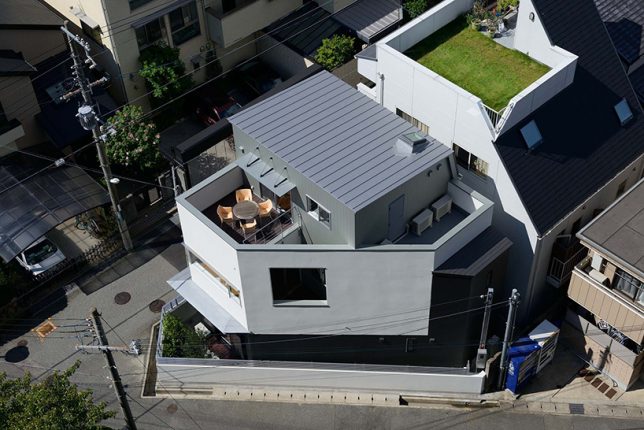
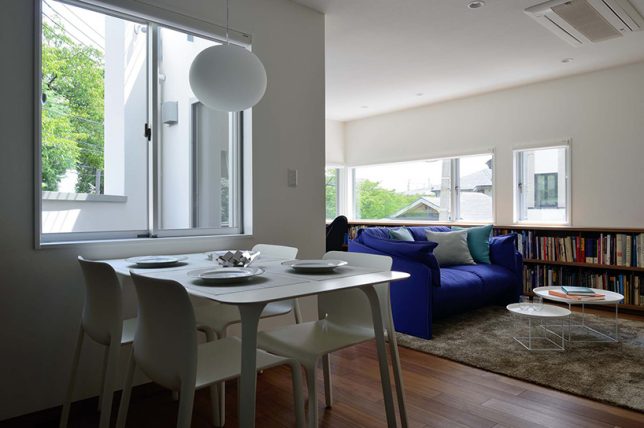










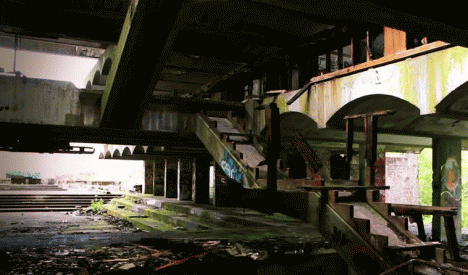
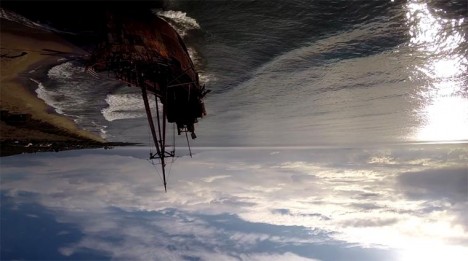
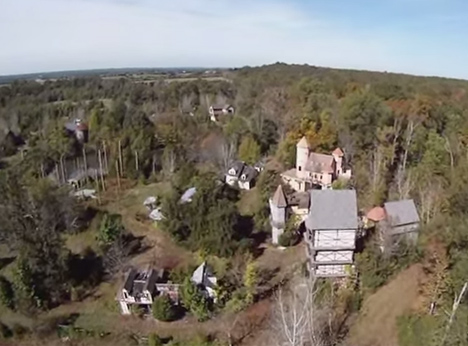

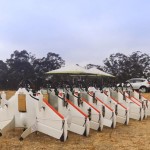
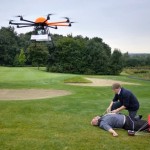




You must be logged in to post a comment.